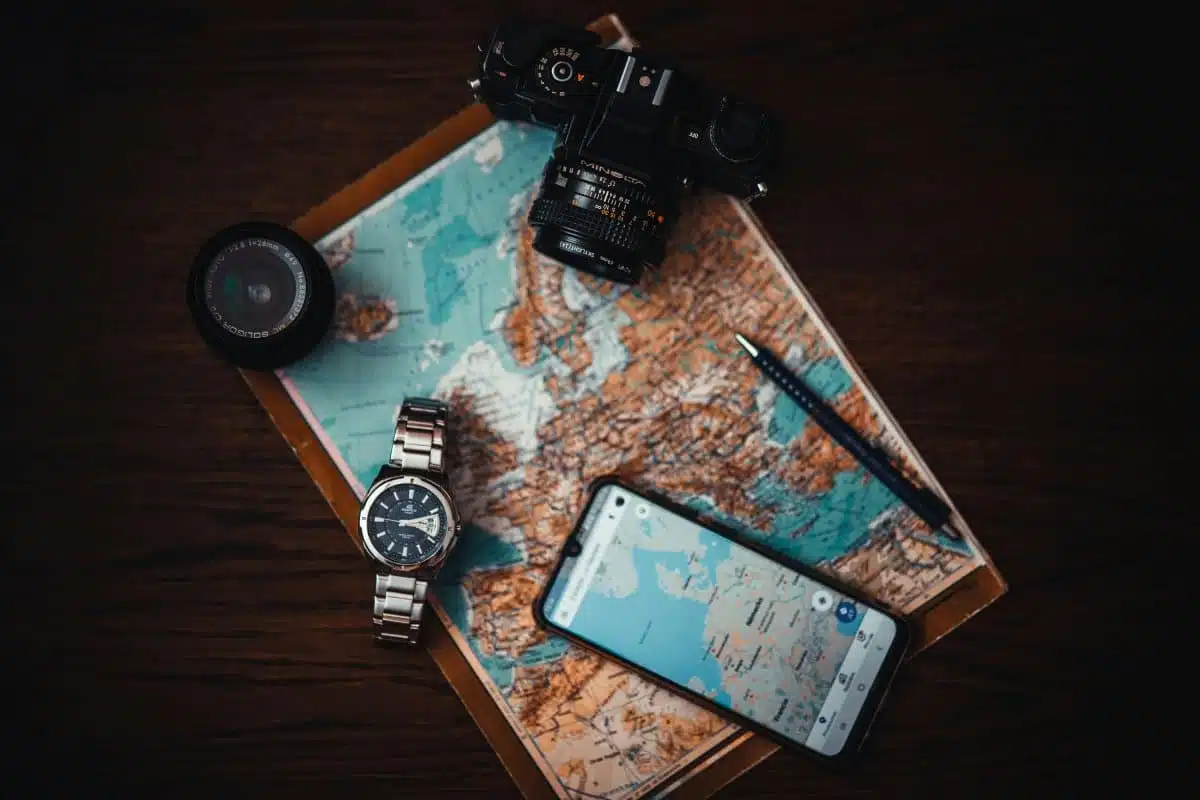Discovering the most unexplored battlefield sites across the globe offers a unique journey into the heart of history, where the echoes of past conflicts provide insights into the complexities of war, the resilience of the human spirit, and the enduring quest for peace. These lesser-known sites, ranging from the Aleutians’ remote islands to the Karelian Isthmus’s dense forests and the arid expanses of the Chaco Boreal, serve as silent witnesses to battles that have shaped nations and the world at large. This comprehensive insider’s guide aims to shed light on these overlooked chapters of history, offering enthusiasts and scholars alike the information needed to venture beyond the well-trodden paths of famous battlefields and explore the stories that have remained in the shadows.
Military History Buffs

Image Credit: Shutterstock / Joseph Sohm
For individuals with a deep interest in military history and war stories, visiting battlefield sites offers a tangible connection to the past, providing insights into the strategic, social, and human aspects of conflicts that have shaped the world. These locations, often set against dramatic landscapes, not only bear witness to historical events but also serve as solemn reminders of the complexities and costs of war. Here is a curated list of significant battlefield sites that stand as must-visit destinations for those fascinated by war stories:
1. The Dodecanese Campaign Sites, Greece
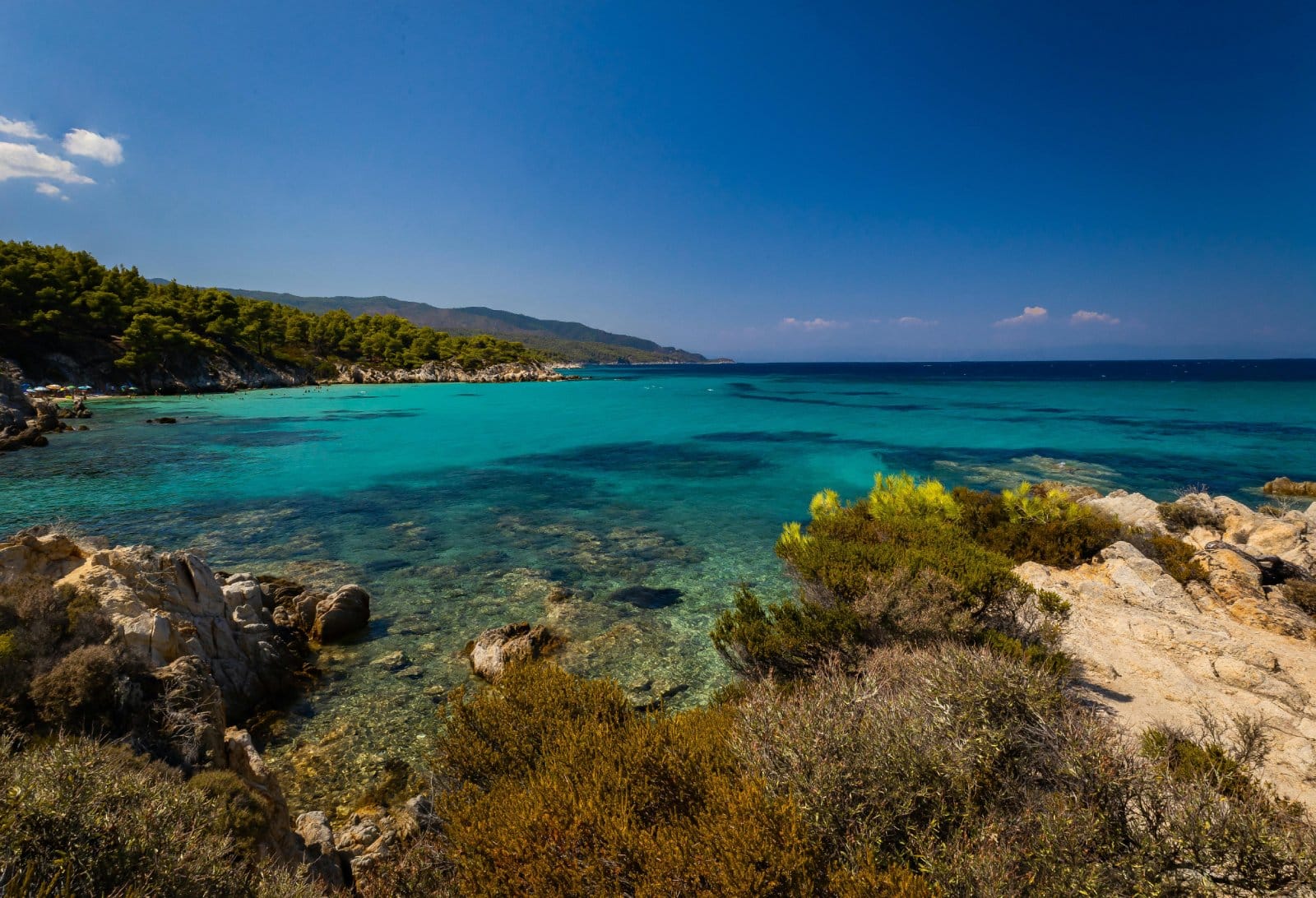
Image Credit: Pexels / Люси Дремалов
The Dodecanese Campaign of World War II remains a relatively overlooked chapter in the annals of military history, yet it offers a fascinating insight into the complexities of wartime strategies and alliances. The Dodecanese islands, including Rhodes and Kos, became arenas of fierce conflict as British forces attempted to wrest control from Italian and German occupiers. Today, these picturesque islands hide remnants of their turbulent past—abandoned bunkers, downed aircraft, and sunken ships—that tell the story of a desperate struggle in the Eastern Mediterranean. Exploring these sites allows you to step back in time and imagine the intense battles that once raged in these now tranquil locales, offering a unique perspective on the impact of global conflict on remote communities.
Insider’s Tip: Seek out local historians or tour guides specializing in World War II history to gain deeper insights into the Dodecanese Campaign’s strategic significance and impact on the local population.
When to Travel: The mild Mediterranean climate makes spring (April to June) and autumn (September to November) ideal for exploring these islands, avoiding the peak tourist season and the summer heat.
How to Get There: Regular flights from Athens to Rhodes and Kos, followed by local ferries, can transport you to various islands within the Dodecanese chain.
2. The Chaco War Battlefields, Bolivia and Paraguay
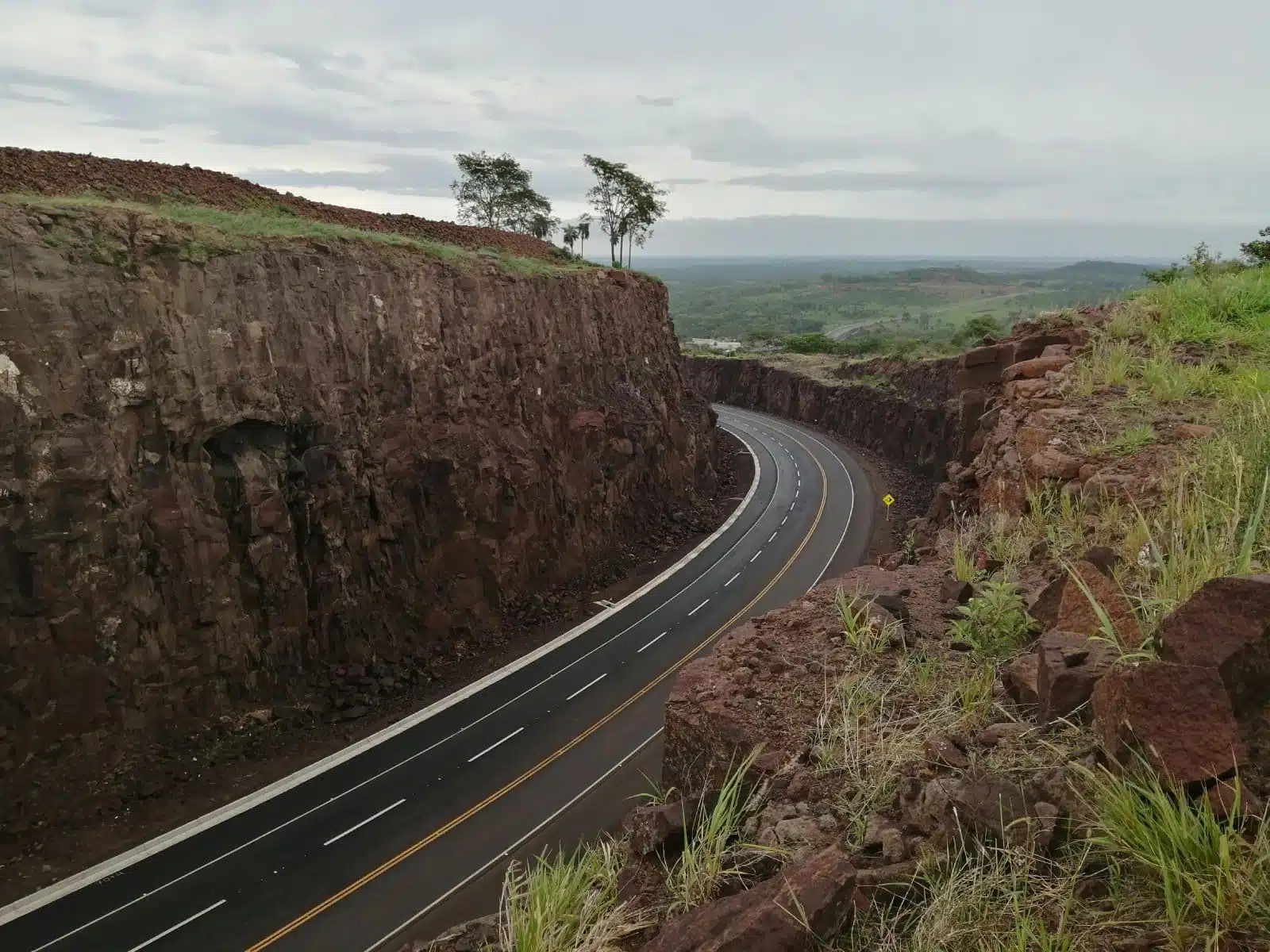
Image Credit: Pexels / Diego Rejalas
The Chaco War between Bolivia and Paraguay, fought over a contested and inhospitable territory, is one of the 20th century’s most forgotten conflicts. The battlefields, scattered across the vast Gran Chaco region, are as remote and challenging as the landscape in which the war was waged. This desolate wilderness, characterized by its harsh terrain and extreme temperatures, bears silent witness to the brutal conflict that claimed tens of thousands of lives over disputed sovereignty. Visiting these sites offers a reminder of the human cost of war, set against a backdrop of natural beauty and resilience. The remnants of fortifications and the stories of veterans and local communities bring to life a chapter of South American history that continues to shape national identities and memories.
Insider’s Tip: Due to the remote nature of many Chaco War sites, consider joining a tour organized by local historical societies or military history groups to ensure safe and informed exploration.
When to Travel: The cooler months of May to September are best for visiting the Chaco region, as temperatures can be extreme during the summer.
How to Get There: Access to the Chaco region is challenging but possible via roads from Asunción, Paraguay, or Santa Cruz, Bolivia, with local guides essential for navigating the remote areas.
3. The Finnish Winter War Sites, Finland
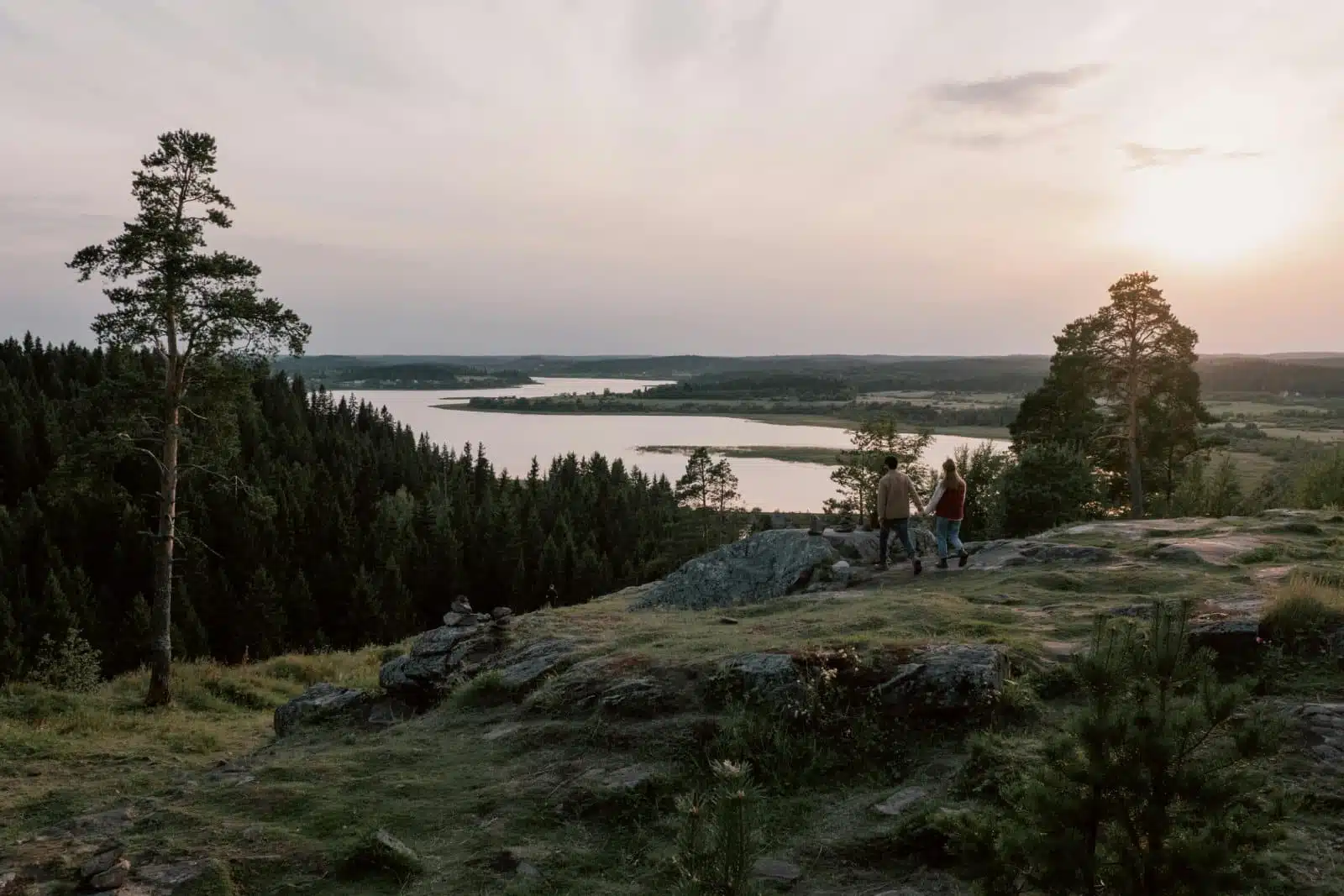
Image Credit: Pexels / cottonbro studio
The Winter War, fought between Finland and the Soviet Union, highlights the Finnish determination and resilience against overwhelming odds. The conflict’s battle sites, from the fortified Mannerheim Line to the frozen expanses around Lake Ladoga, are steeped in the legacy of a nation’s struggle for independence and sovereignty. These locations, now peaceful and often blanketed in snow, once echoed with artillery sounds and soldiers’ footsteps in sub-zero temperatures. A journey to these sites offers an insight into military tactics and the challenges of winter warfare and honors the spirit of a people united in defense of their homeland. The landscape, marked by memorials and preserved trenches, serves as a classroom for understanding the profound impact of the Winter War on Finnish society and its enduring legacy in the collective memory.
Insider’s Tip: Winter visits allow for a more authentic experience of the conditions faced during the war, but summer offers easier access and the chance to see the landscapes in full bloom.
When to Travel: Summer (June to August) for accessibility; winter (December to February) for historical context.
How to Get There: The sites are accessible by car from major Finnish cities like Helsinki and Lappeenranta, with guided tours available for more comprehensive explorations.
4. The Anglo-Zulu War Battlefields, South Africa

Image Credit: Shutterstock / Andrea Willmore
The battlefields of the Anglo-Zulu War in South Africa are hallowed ground, where the might of the British Empire clashed with the fierce warriors of the Zulu Kingdom. Sites like Isandlwana and Rorke’s Drift tell the story of bravery, tragedy, and the complexities of colonial encounters. These rolling hills and sweeping vistas, which once witnessed the dramatic confrontations between vastly different cultures, now offer a serene landscape to reflect on the causes and consequences of the conflict. Visitors can explore the remnants of battle, from mass graves to monument markers, and engage with local historians to understand this pivotal moment in South African and British imperial history. The experience is a profound reminder of the courage and sacrifice on both sides, set against South Africa’s stunning natural beauty.
Insider’s Tip: Engage with local Zulu guides who can provide historical context and the Zulu perspective on the war, enriching your understanding of the conflict’s cultural impact.
When to Travel: The mild winter months of May to August offer comfortable conditions for exploring the battlefields avoiding the summer heat and rains.
How to Get There: The battlefields are best accessed from Durban or Pietermaritzburg, with guided tours available to navigate the rural terrain of KwaZulu-Natal.
5. The Korean War Battlefields, South Korea
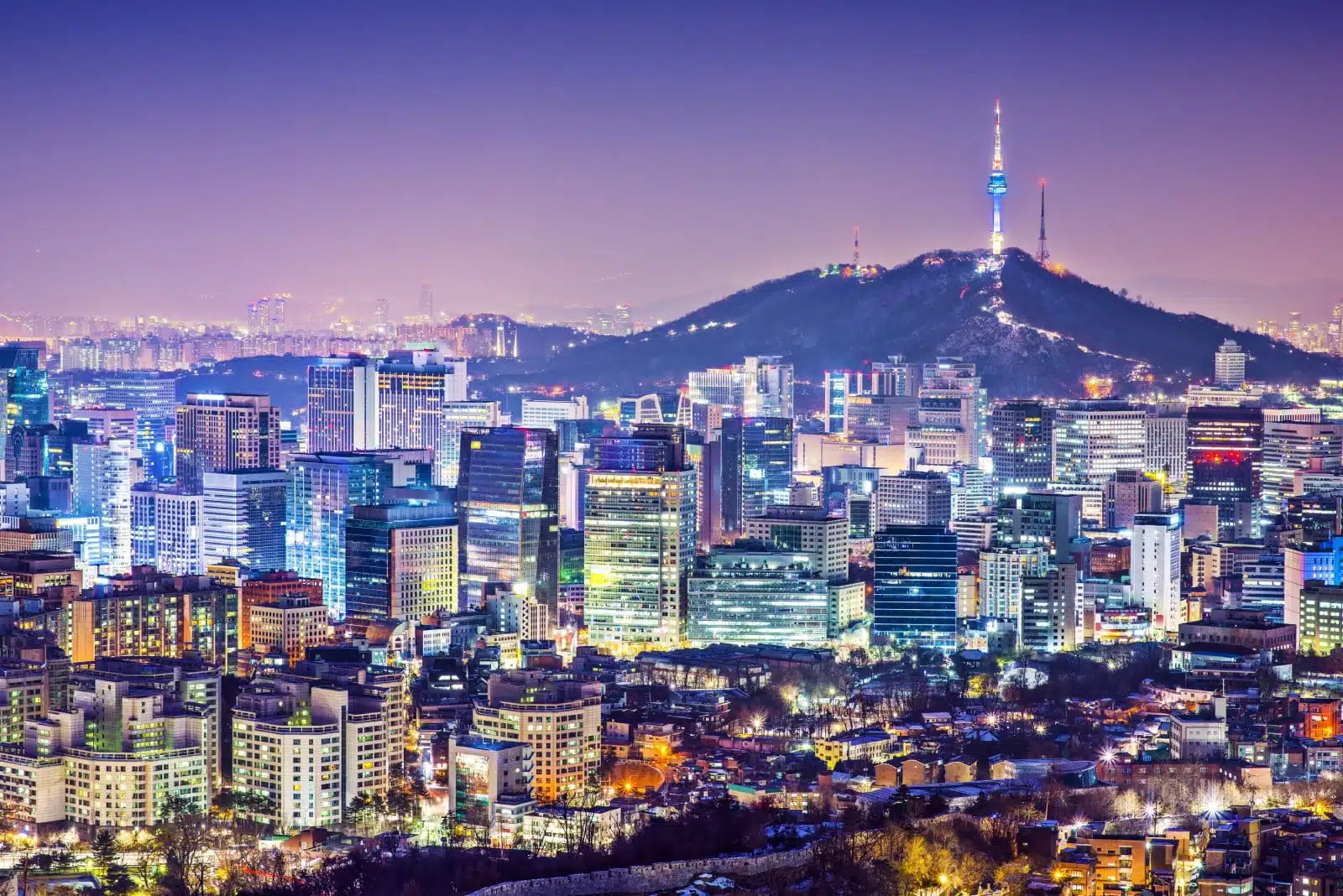
Image Credit: Shutterstock / ESB Professional
The Korean Peninsula, divided and scarred by the Korean War, contains numerous sites where battles of this “Forgotten War” were fought. From the 38th parallel to the rugged hills of the East Coast, these sites are a testament to the resilience of soldiers and civilians caught in the crossfire of geopolitical strife. South Korea’s modern cities and lush landscapes belie the intense conflicts that once raged across the nation. Exploring these battlefields, visitors can uncover stories of heroism, sacrifice, and the ongoing quest for peace on the peninsula. Memorials, museums, and preserved trenches offer poignant insights into a war that shaped the destiny of millions and the complex legacy of division and reconciliation that defines the Korean experience to this day.
Insider’s Tip: Visit the War Memorial of Korea in Seoul for an in-depth understanding of the conflict before exploring the battlefields to place your visits in historical context.
When to Travel: Spring (April to June) and autumn (September to November) provide the best weather for exploring the outdoor sites.
How to Get There: Seoul serves as the starting point for tours to the DMZ and other Korean War sites, with public transportation and guided tours available to most locations.
6. The Russo-Japanese War Sites, Russia and Japan
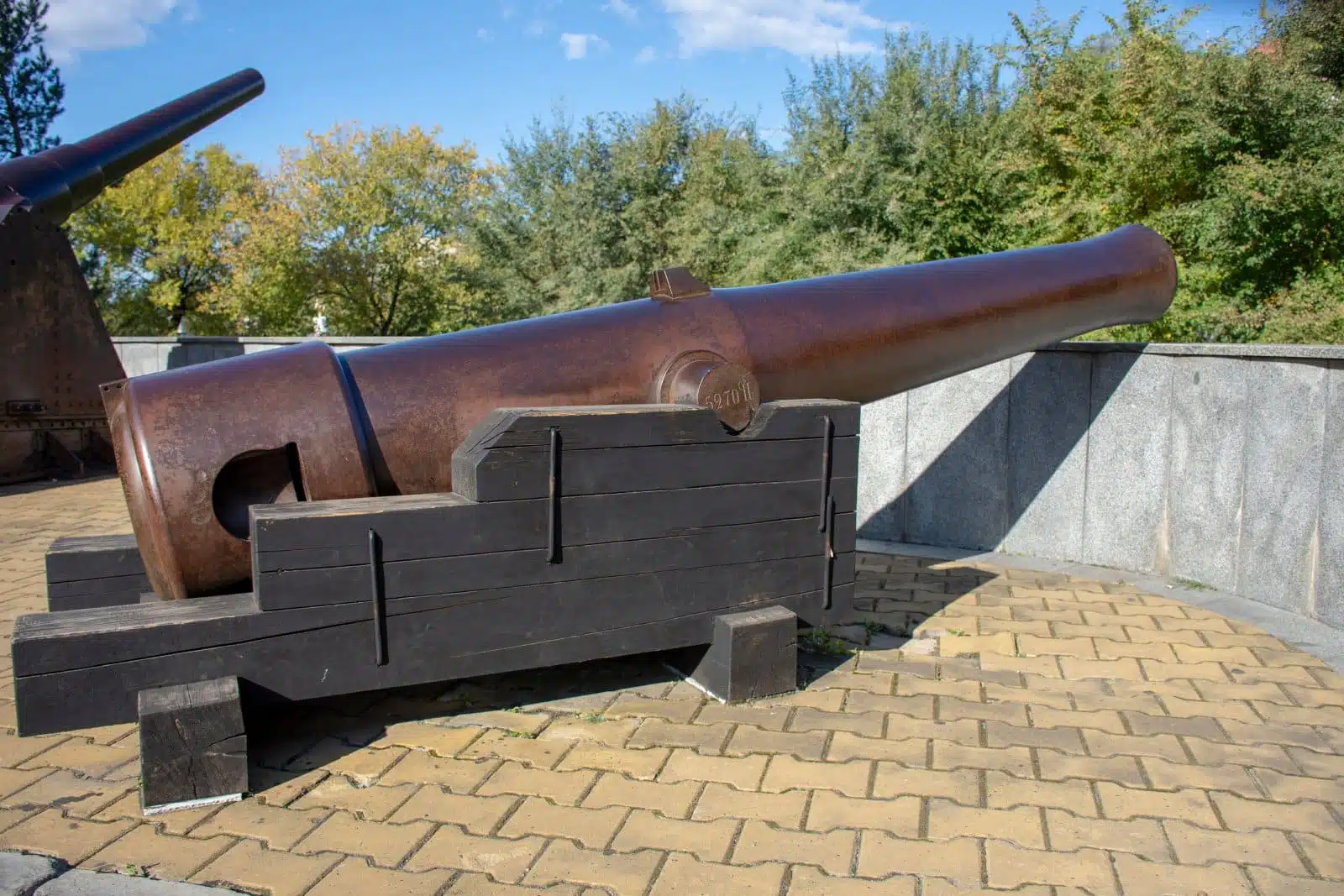
Image Credit: Shutterstock / FarEastt
The Russo-Japanese War, a pivotal conflict at the dawn of the 20th century, marked the emergence of Japan as a significant military power and presaged the decline of the Russian Empire. The battle sites, spanning from the cold waters of the Tsushima Strait to the siege lines around Port Arthur (now Lüshunkou), offer a unique window into early modern warfare and the shifting balance of power in East Asia. Though not as frequented by tourists, these locations hold profound lessons on the impact of industrialization on warfare, the global repercussions of regional conflicts, and the human stories of ambition, courage, and loss. A visit to these sites, complemented by museum exhibits and memorials in both countries, provides a nuanced understanding of a conflict that reshaped national destinies and international relations in the 20th century.
Insider’s Tip: In Russia, consider visiting the Museum of the Siege of Port Arthur in Lüshun for historical artifacts and insights. In Japan, the Tsushima Island Peace Museum provides context for the naval battles that took place.
When to Travel: Summer (June to August) is the most accessible time for visiting these regions, though it’s also the busiest.
How to Get There: Port Arthur is accessible from Dalian, China, by ferry to Lüshun. Tsushima Island can be reached by ferry from Fukuoka or Nagasaki in Japan.
7. The Alaskan Aleutian Islands Campaign Sites, USA
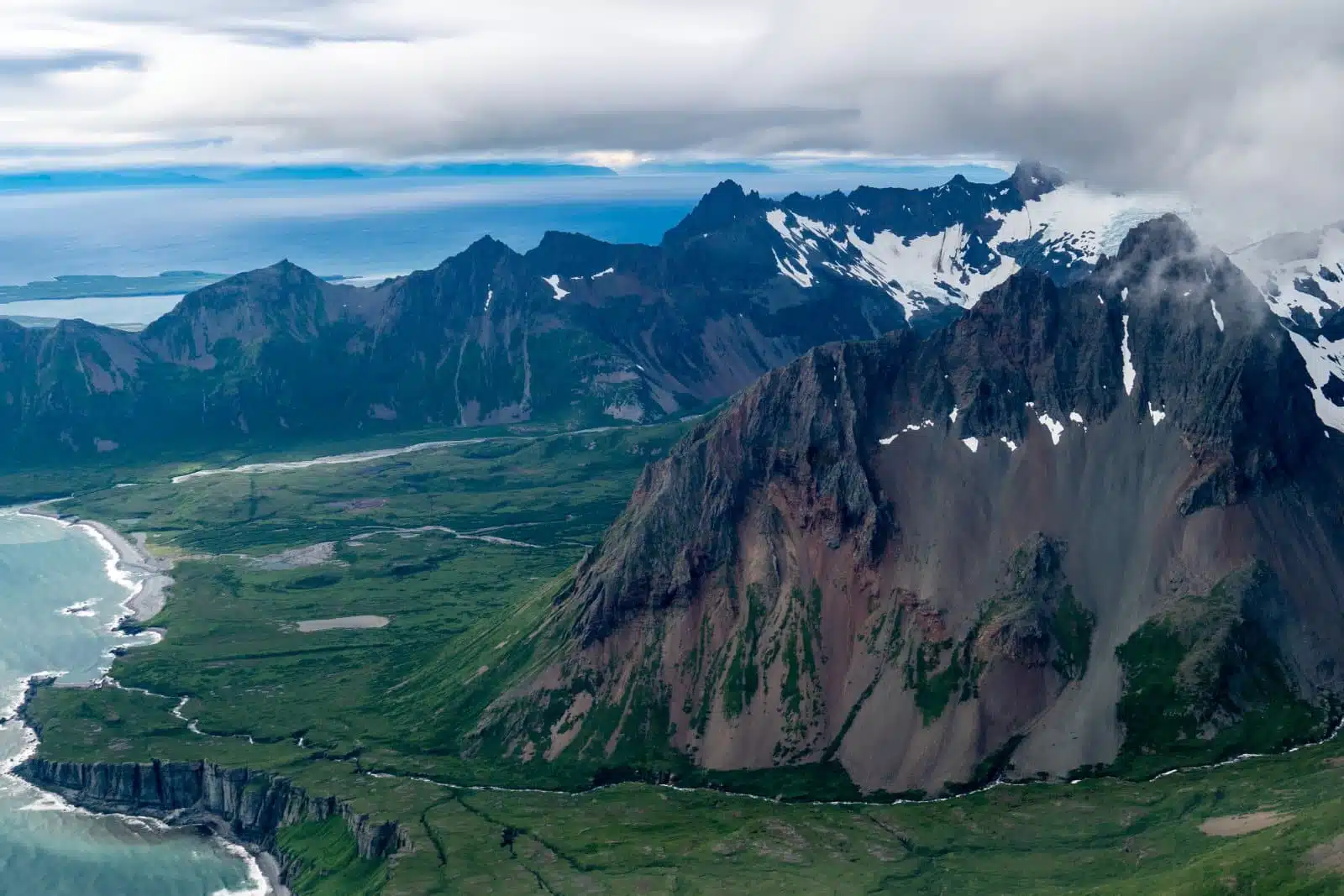
Image Credit: Shutterstock / melissamn
The Aleutian Islands Campaign, often overshadowed by other World War II theaters, represents a unique chapter of the war characterized by harsh weather, remote geography, and the strategic importance of these distant islands. The Attu and Kiska battles involved a struggle against enemy forces and the elements, with fog, wind, and cold being constant adversaries. Today, the remnants of this campaign—abandoned fortifications, crashed aircraft, and silent battlefields—lie scattered across the islands, preserved by the natural isolation of the Aleutians. Exploring these sites offers a stark reminder of the challenges of wartime logistics and the determination of those who fought in one of the war’s most unforgiving environments.
Insider’s Tip: Due to the remote nature of the Aleutians, consider joining a tour specializing in military history to ensure access to the most significant sites and expert interpretation.
When to Travel: The short Alaskan summer, from June to August, offers the best chance for mild weather in this often foggy and windy region.
How to Get There: Access to the Aleutian Islands is primarily by air from Anchorage, with some islands also reachable by ferry. Specialized tours may offer charter flights or boat trips to specific sites.
8. The Franco-Thai War Battle Sites, Thailand and Cambodia
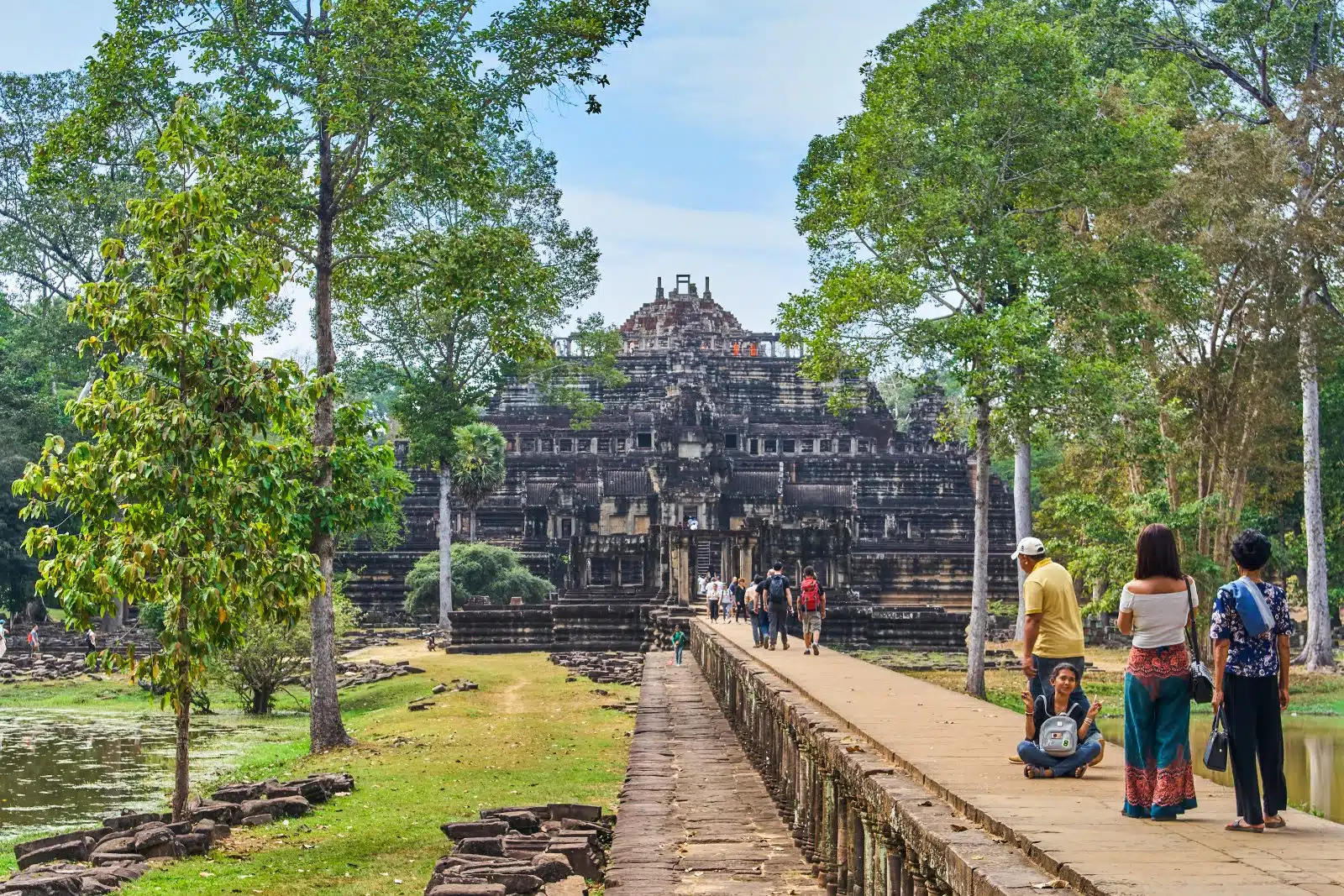
Image Credit: Shutterstock / Pelikh Alexey
The Franco-Thai War, a brief but intense conflict precipitated by territorial disputes and the geopolitical upheaval of World War II, left its mark on the border regions of Thailand and Cambodia. The battle sites, including those near the historically significant Preah Vihear Temple, are seldom explored but rich in stories of a time when national pride and colonial interests collided. These landscapes, now peaceful and often breathtakingly beautiful, once echoed with the sounds of artillery and the march of soldiers. Visiting these sites, one gains insight into a conflict that, while largely forgotten, played a significant role in shaping Southeast Asia’s national identities and borders.
Insider’s Tip: Given the sensitivity of border areas, it’s advisable to engage with local historical tours that can provide safe access and a nuanced understanding of the conflict’s legacy in both nations.
When to Travel: The cooler months from November to February are ideal for visiting these regions, offering a more comfortable climate for exploration.
How to Get There: Access to these sites is typically through regional hubs like Siem Reap in Cambodia or Ubon Ratchathani in Thailand, with local transport options available for reaching specific locations.
9. The Battle of the Atlantic Convoy Routes, North Atlantic
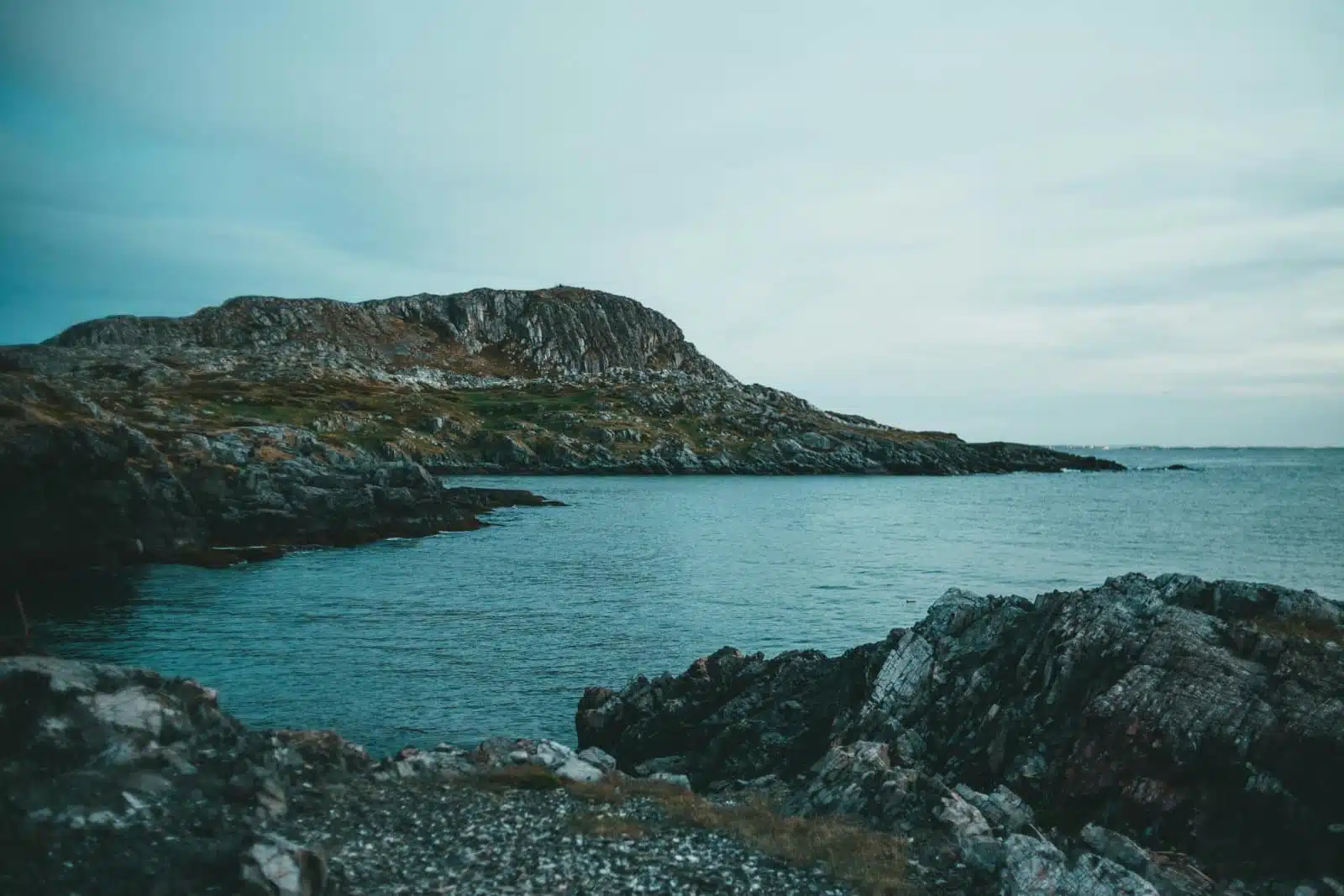
Image Credit: Pexels / Erik Mclean
The Battle of the Atlantic, the longest continuous military campaign of World War II, does not have a battlefield in the traditional sense but rather a vast, watery expanse that was the stage for a deadly game of cat and mouse between Allied convoys and German U-boats. The ocean floor of the North Atlantic is a silent graveyard for countless ships and submarines, a poignant reminder of the war’s global scale and the critical importance of maritime supply lines. For those interested in this aspect of history, visiting museums and memorials or participating in guided dives to wreck sites, offers a connection to the brave souls who navigated these treacherous waters, ensuring the lifeline between continents remained open.
Insider’s Tip: For those interested in exploring this aspect of history, specialized diving tours offer guided visits to some of the more accessible wrecks, providing a tangible connection to the stories of courage and sacrifice that define the Battle of the Atlantic.
When to Travel: Diving conditions in the North Atlantic can be challenging; summer months offer the best conditions for underwater visibility and sea states.
How to Get There: Diving expeditions to wreck sites in the North Atlantic typically depart from coastal cities in Canada, the UK, or Iceland, depending on the locations visited.
10. The Eritrean-Ethiopian War Battle Sites, Eritrea and Ethiopia
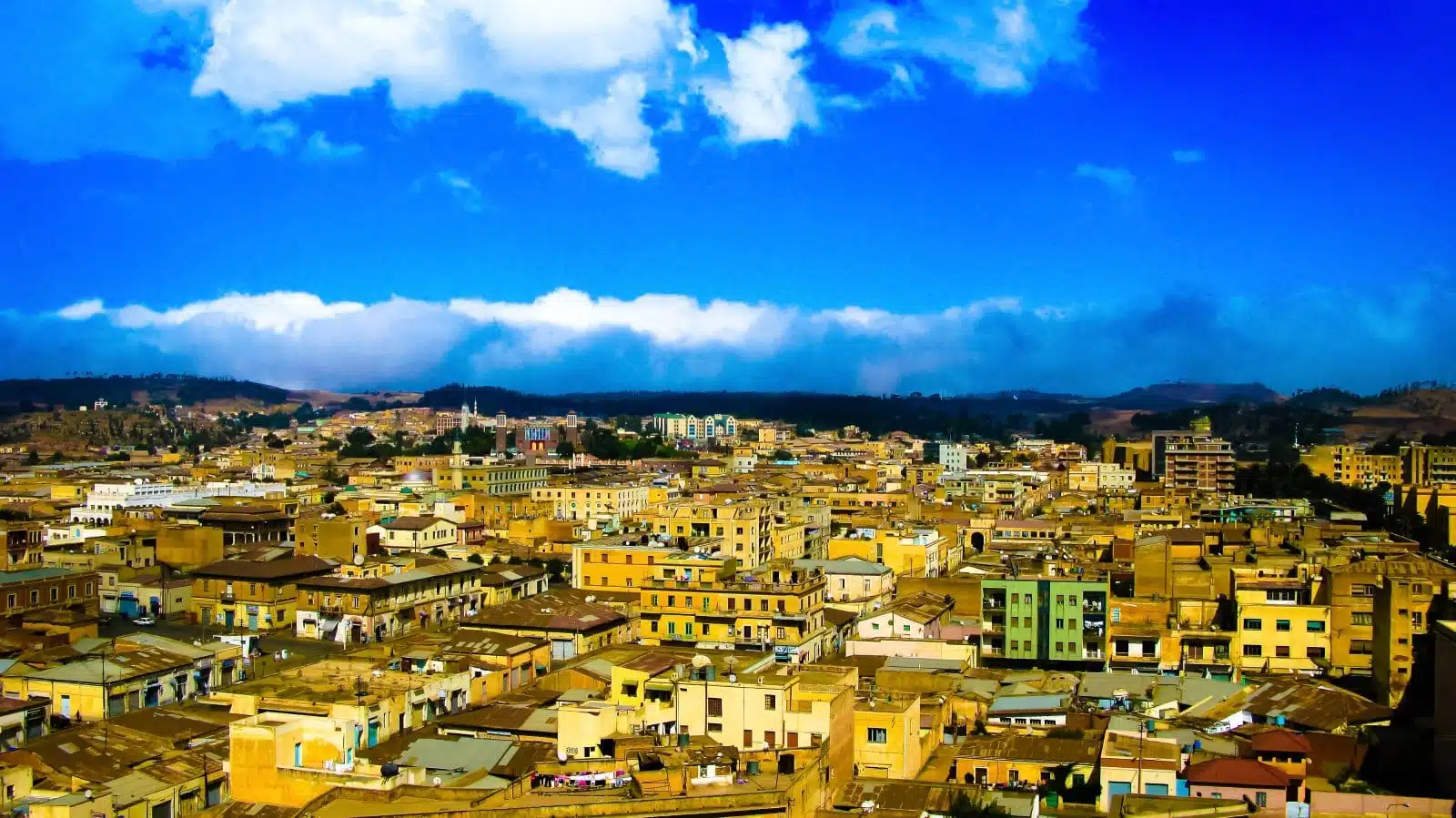
Image Credit: Shutterstock / Homo Cosmicos
The border conflict between Eritrea and Ethiopia, which flared with devastating consequences at the end of the 20th century, has left a landscape marked by the scars of war. The rugged terrain, which saw intense fighting, is dotted with remnants of trenches, fortifications, and memorials to the fallen. These sites tell a story of a struggle for sovereignty and identity, deeply felt on both sides of the border. Exploring these areas offers a sobering reminder of the recent past and the ongoing efforts toward peace and reconciliation between two nations with shared histories and intertwined futures.
Insider’s Tip: Visiting these areas requires sensitivity and awareness of the current political climate. Engaging with local peace and reconciliation initiatives can provide meaningful context to the sites’ exploration.
When to Travel: The dry season, from October to March, is preferable for visiting these highland areas, avoiding the heavy rains that can make travel challenging.
How to Get There: Access to the border regions is generally from major cities like Asmara in Eritrea or Addis Ababa in Ethiopia, with local guides essential for navigating the remote and rugged areas.
11. The Sino-Indian War Battle Sites, India and China
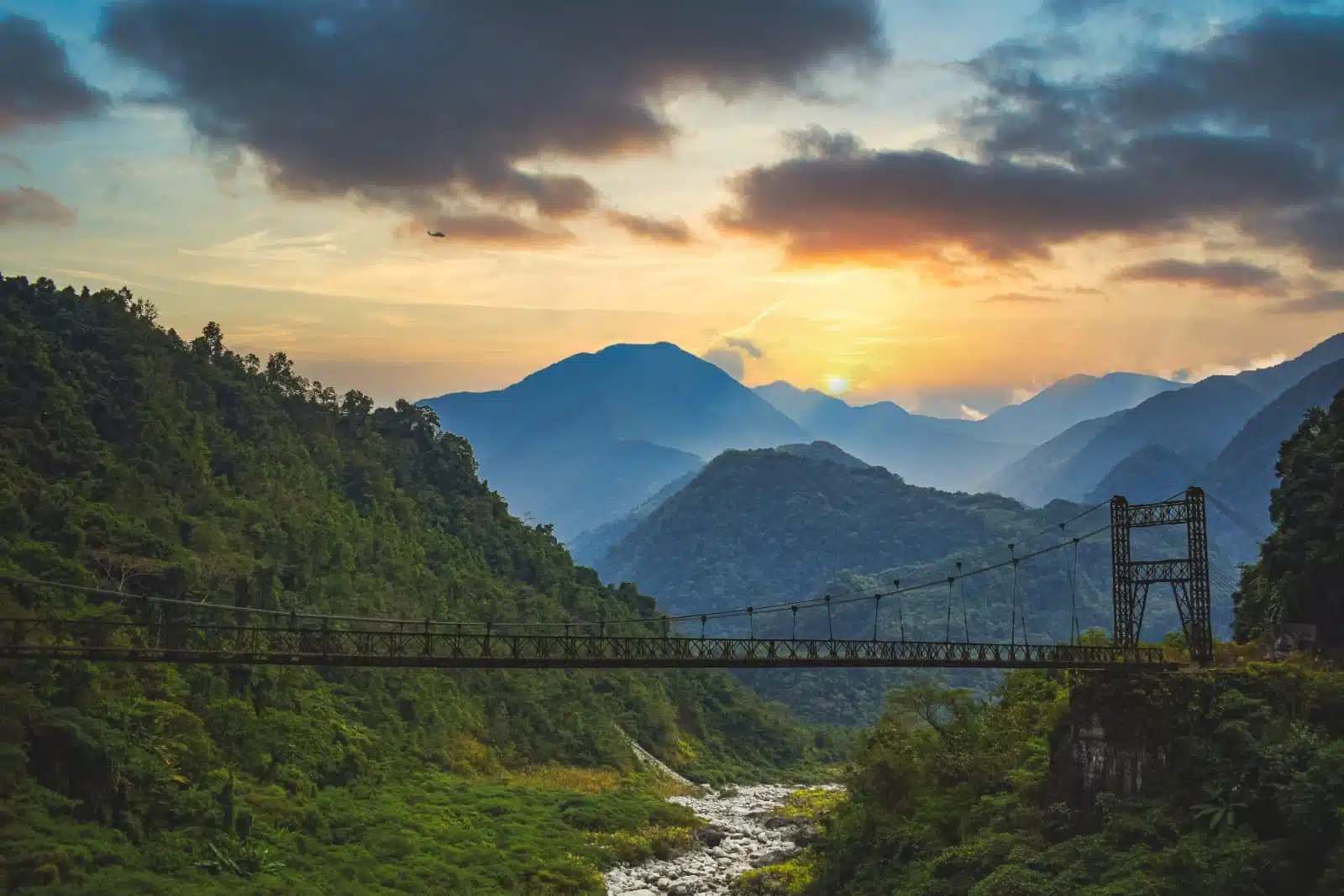
Image Credit: Shutterstock / LOREN SONOWAL
The Sino-Indian War of 1962, fought over disputed Himalayan borders, remains a sensitive chapter in the histories of both nations. The remote battle sites, set in Arunachal Pradesh and Ladakh’s breathtaking but treacherous terrain, are rarely visited, preserved by their inaccessibility. These high-altitude confrontations, which tested the limits of human endurance and military strategy, are commemorated by memorials that pay tribute to soldiers’ valor. A visit to these sites, undertaken with respect to the current geopolitical sensitivities, offers a unique perspective on the complexities of border disputes and the conflict’s lasting impact on Sino-Indian relations.
Insider’s Tip: Due to the sensitive nature of the border areas, it’s crucial to check current travel advisories and regulations. In India, special permits are often required to visit these regions.
When to Travel: The brief summer months, from June to September, offer the most accessible window for visiting these high-altitude areas, though weather conditions can still be unpredictable.
How to Get There: Access to these remote areas is typically through regional hubs like Leh for Ladakh or Tezpur for Arunachal Pradesh, with further travel requiring specialized guides and permits.
The Bottom Line

Image Credit: Shutterstock / ImYanis
Exploring unexplored battlefield sites worldwide is a journey into the heart of our shared history, offering profound insights into the nature of conflict and the resilience of the human spirit. Each site with its unique story and setting invites a reflective exploration of the past, encouraging a deeper understanding of the complexities of war and peace. As you embark on this journey, remember the importance of approaching each site with respect and mindfulness, honoring the memories of those who have come before.
More From The Green Voyage
12 Best Practices for Sustainable Travel in 2024 – How to Travel With Minimal Environmental Impact
Unlocking Hotel Perks – A Traveler’s Guide to Maximizing Hotel Reward Programs for Optimal Benefits
Travel Hacks for Frequent Flyers – 6 Tips and Tricks to Make the Best of Air Travel
The post The World’s Most Unexplored Battlefield Sites 2024 first appeared on The Green Voyage.
Featured Image Credit: Shutterstock / Vojta Kovařík.
For transparency, this content was partly developed with AI assistance and carefully curated by an experienced editor to be informative and ensure accuracy.
Tips for Trip Success
Book Your Flight
Find an inexpensive flight by using Kayak, a favorite of ours because it regularly returns less expensive flight options from a variety of airlines.
Book Your Hotel or Special Accommodation
We are big fans of Booking.com. We like their review system and photos. If we want to see more reviews and additional booking options, we go to Expedia.
You Need Travel Insurance!
Good travel insurance means having total peace of mind. Travel insurance protects you when your medical insurance often will not and better than what you get from your credit card. It will provide comprehensive coverage should you need medical treatment or return to the United States, compensation for trip interruption, baggage loss, and other situations.Find the Perfect Insurance Plan for Your Trip
